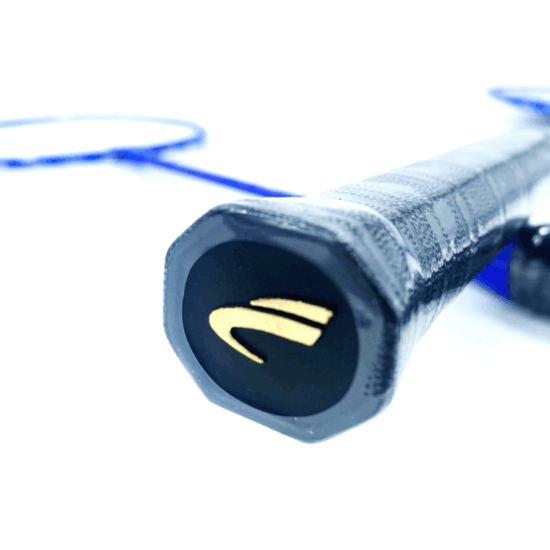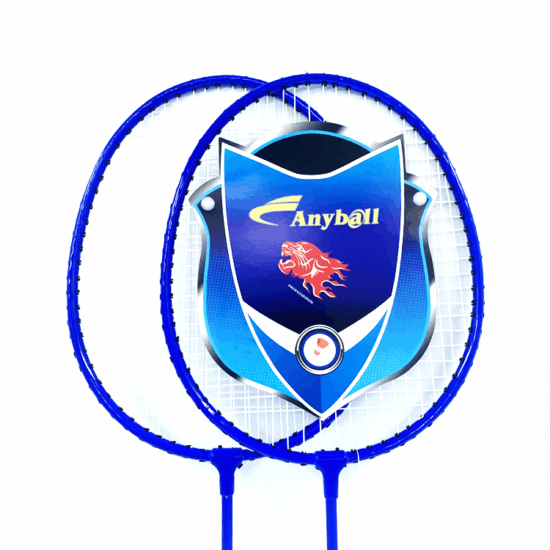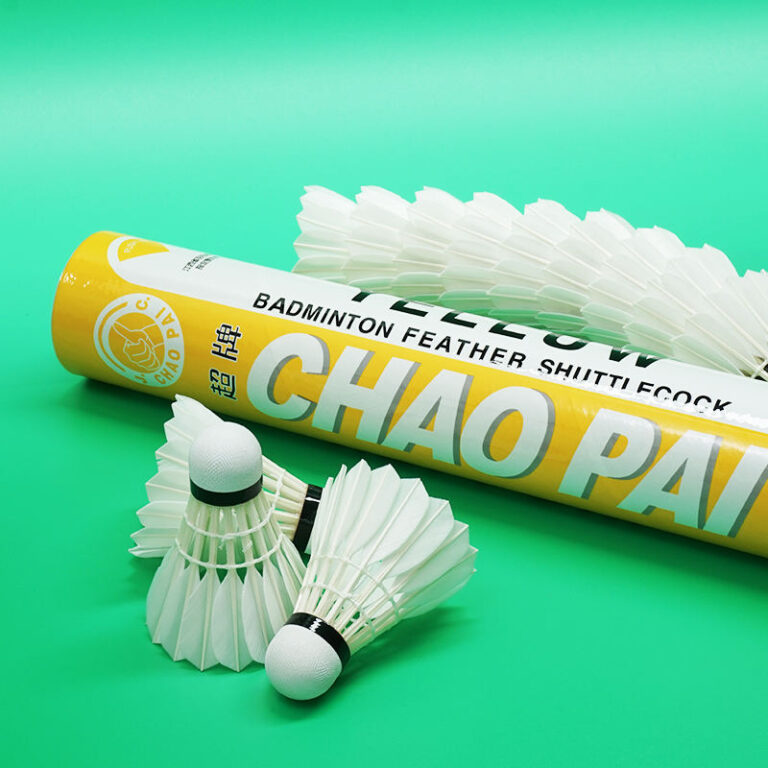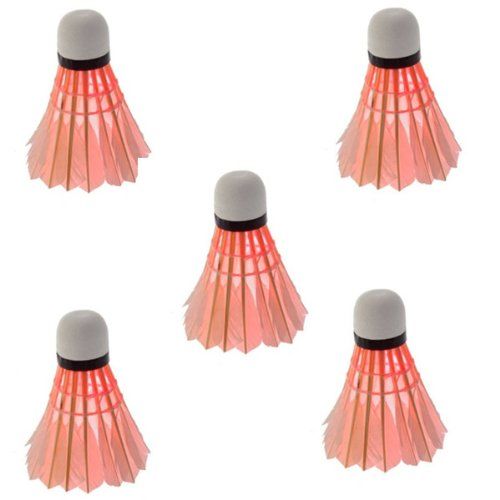jay@nbdho.com
The Science Behind Shuttlecock Flight and Stability
Here’s a complete SEO-optimized blog post draft for “The Science Behind Shuttlecock Flight and Stability”:
Title: The Science Behind Shuttlecock Flight and Stability
Meta Description: Explore the physics and design factors that influence shuttlecock flight and stability, helping players understand why shuttlecocks behave the way they do during badminton games.
🏸 Introduction
The shuttlecock is a uniquely designed projectile in sports, and its flight characteristics differ significantly from balls used in other games. Understanding the science behind shuttlecock flight and stability can help players, coaches, and enthusiasts appreciate the intricate balance of physics and engineering involved. This knowledge can also improve gameplay strategies and equipment choices.
1. Unique Shape and Aerodynamics
- The shuttlecock’s conical shape, with feathers arranged in a circular pattern, creates high aerodynamic drag.
- This drag slows the shuttlecock rapidly after a hit, allowing for precise control and shot placement.
- The feather skirt stabilizes flight by ensuring the shuttlecock always flies cork-first, thanks to its center of mass located near the cork base.
2. Center of Mass and Stability
- The cork base is heavier than the feather skirt, which keeps the shuttlecock oriented correctly in flight.
- This weight distribution causes the shuttlecock to self-correct mid-air, maintaining stable and predictable trajectories.
- If the weight balance is off, shuttlecocks wobble or behave erratically, affecting gameplay.
3. Drag Force and Deceleration
- Shuttlecocks experience a significant drag force due to their feathered design, unlike balls which have less air resistance.
- The drag causes rapid deceleration, so the shuttlecock slows down much faster than other sports projectiles.
- This characteristic allows players to execute a variety of shots, from powerful smashes to delicate drops.
4. Effect of Feather Quality and Arrangement
- Feather quality directly impacts airflow and flight stability.
- Well-aligned, high-quality feathers reduce turbulence, improving accuracy and distance.
- Damaged or misaligned feathers increase drag inconsistency, causing unpredictable flight paths.
5. Environmental Influences
- Air density, humidity, and temperature also affect shuttlecock flight by altering drag and feather flexibility.
- High humidity can make feathers heavier and more flexible, slowing flight but improving control.
- Low humidity dries feathers, causing them to become brittle and less stable.
🏸 Conclusion
The science behind shuttlecock flight and stability is a fascinating blend of physics, material science, and craftsmanship. By understanding these factors, players can better select shuttlecocks suited to their playing style and environment, leading to improved performance on the court.
🎯 Knowledge is power — master the shuttlecock, master the game!
Suggested SEO Keywords:
shuttlecock flight physics, badminton shuttlecock aerodynamics, shuttlecock stability factors, feather shuttlecock flight, shuttlecock drag force
Would you like me to create an infographic explaining shuttlecock flight dynamics?





